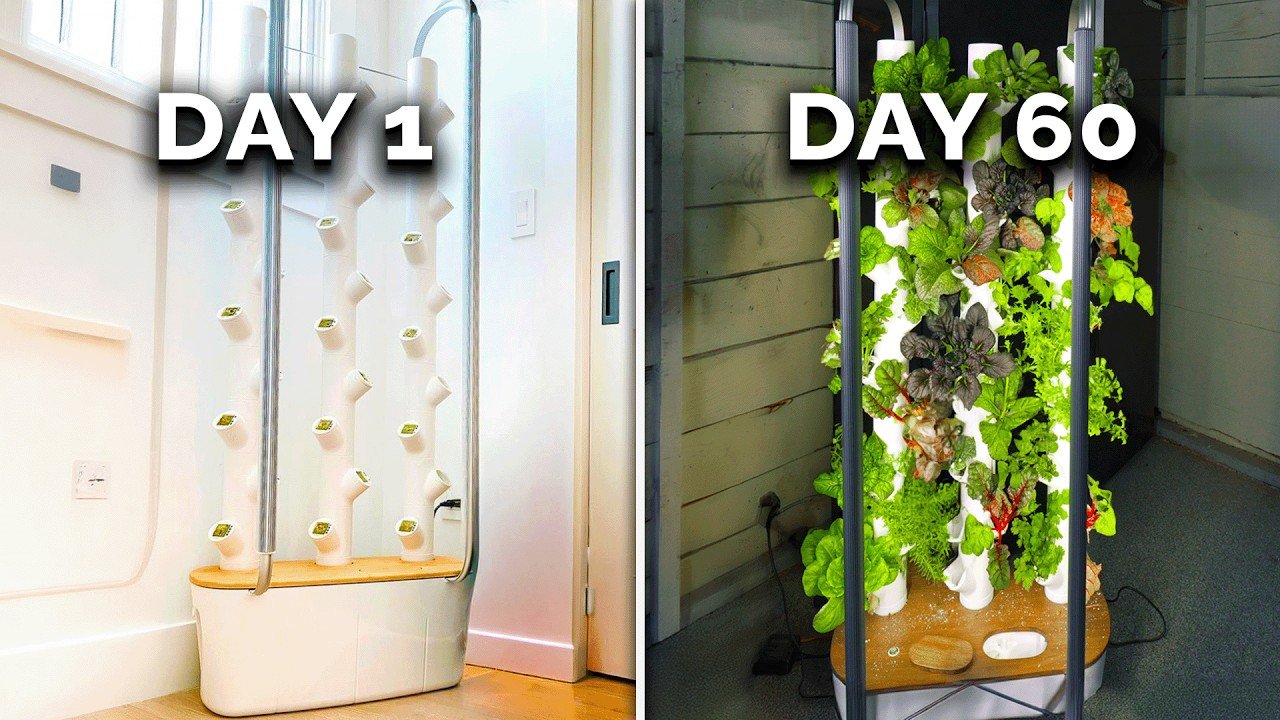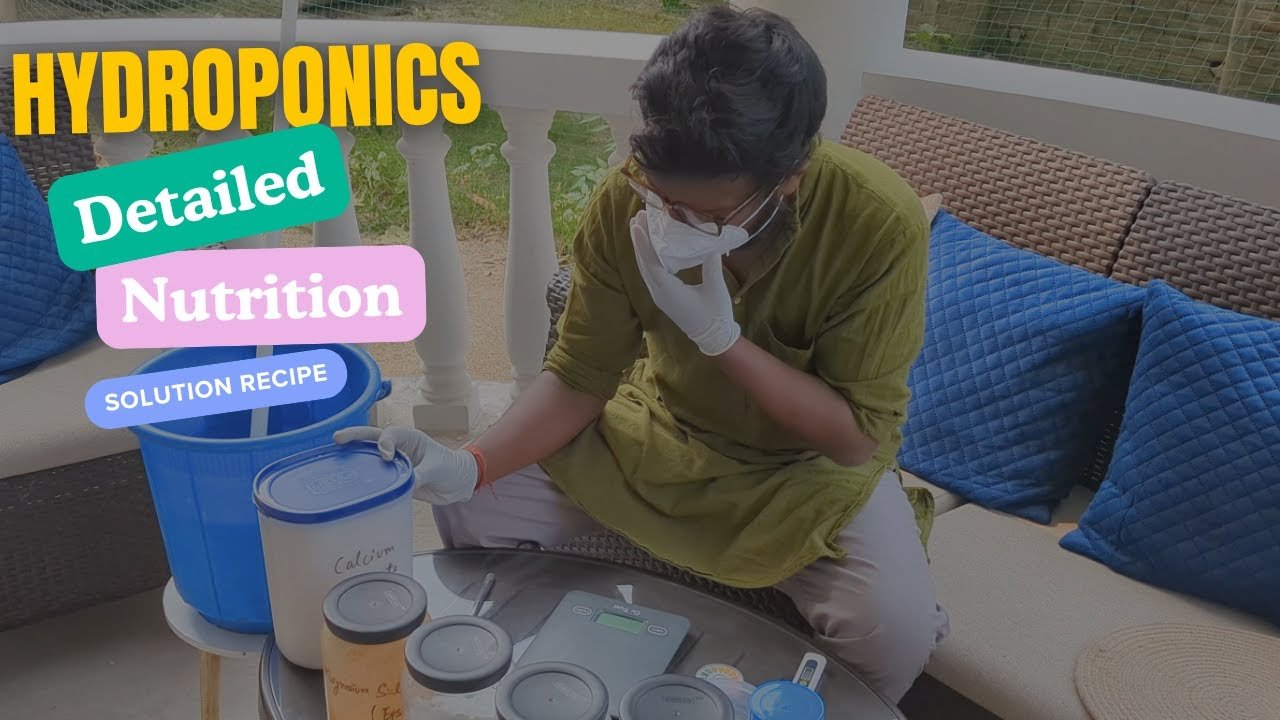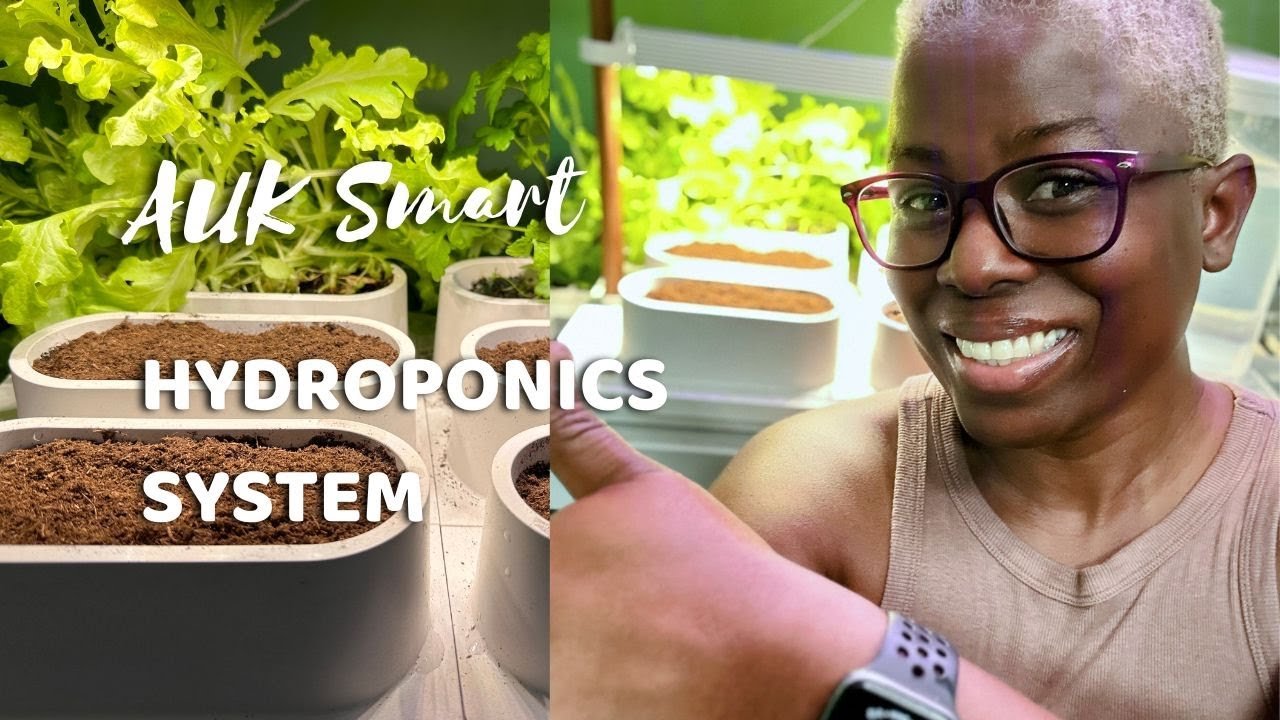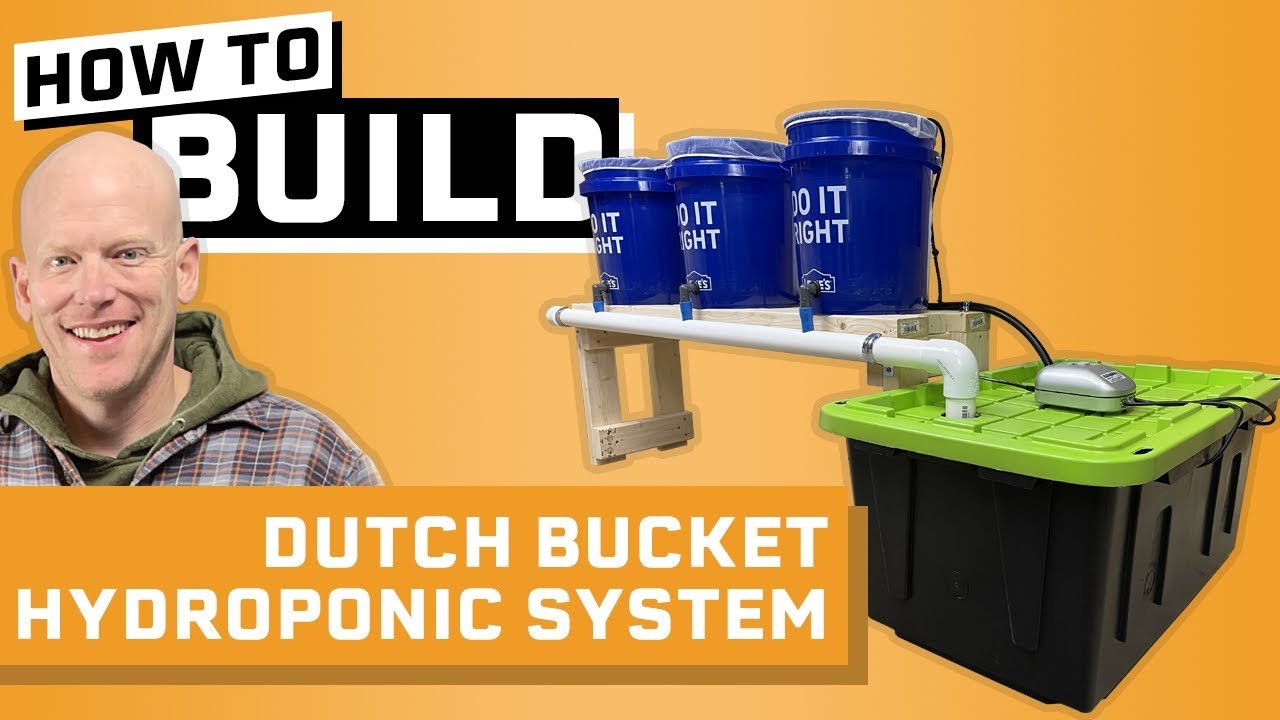A Fishy Adventure in Hydroponics
So, there I was last spring — a small-town guy with big dreams sitting in my backyard, staring at a beat-up old shipping container that had seen better days. Without a single thought to my rational side, I declared war on traditional gardening and decided I’d try my hand at a hydroponic aquaponics system. You know, the kind where you grow plants and fish together, sharing their lives like some nature-driven buddy cop feature.
Little did I know, I was about to undertake an adventure that would be filled with as many slippery misfires as there are weeds in my neighbor’s yard.
The Setup
At first, things seemed to glide along smoothly. I thought I’d nailed it! I rummaged through my shed and found bits of leftover PVC pipes and an old water pump that I swore would work miracles. I even scored a couple of fish tanks off my buddy down the street — two slightly cracked aquariums that were begging for a purpose. I did some quick math, acknowledged I was no aquatic engineer, but went ahead anyway.
I picked goldfish because they looked great, are hardy, and, admittedly, I didn’t want to invest heavily into catfish or tilapia only to see them belly up on me. Plus, they wouldn’t mind the less-than-pristine water conditions that my soon-to-be hydroponic paradise was bound to morph into.
With makeshift enthusiasm, I tossed in a handful of goldfish food into the tank after filling it up and immediately thought, “This feels right. Let’s get growing!”
Ah, young and naive, I was.
The Struggles Begin
Fast forward a couple of weeks, and the world of hydroponics began to reveal its ferocious secrets. The water started to turn that distinct shade of green that told me clearly: something is off here. Friends would call and say, “Hey, how’s your little fish farm?” and I’d grunt into the phone like a lumberjack whose axe was stuck in a tree.
I was convinced the water should be crystal clear. I consulted online forums and read every ridiculous blog post I could find. Eventually, I learned about algae and bacteria as if they were my sworn enemies. So I scrubbed the tanks, tinkered with the water pH, and spent the next few nights perched anxiously over my contraption. I’d go outside with a flashlight, heart racing, ready to check on my aquatic buddies—little did I know that my impatience would cost me.
In my zeal, I forgot to cycle the water. Oh, there I was, cramming in all the goldfish and expecting them to thrive in a nitrogen-poor aquatic environment. One, two, then three poor little guys floated to the top, each hovered with an expression of disbelief, as if they were saying, “We trusted you!”
Finding My Rhythm
At this point, I almost tossed in the towel. I pictured quitting and returning to good old soil-based gardening, where things at least tried to stay in one piece. But then I remembered that stubborn streak I have — the kind that makes you keep pushing through.
I reclaimed that burst of hope and found a wrecked old garden hose in the shed, slapping it on the pump to create a proper filtration system. I switched gears and bought a few plants to test the waters, superficially quieting my aquatic guilt. Just a few basil and mint plants, mind you — nothing too ambitious.
And wouldn’t you know? The aroma wafting through the air was intoxicating. The basil practically screamed, “Grow me!” The goldfish, albeit fewer in number, did their part, as I slowly expanded my ambition. Before long, I was leveraging more scrap materials, even borrowing parts from my lawnmower that had seen better days.
Learning the Ropes (and Mistakes)
Then came the next struggle. I found myself staring at the plants, frantically Googling “nutrient ratios” and “water temperature standards.” Somewhere along the line, I discovered that I might have been overfeeding the fish, causing imbalances that would send my plants reeling. Another round of fish outside my window passed away, leaving me with absolutely no idea what I was doing wrong.
But just as quick as I thought I’d hit rock bottom, I began to notice something extraordinary. The remaining goldfish magically transformed my water over time, which in turn fed my basil, and that smell! Oh man, the smell was heavenly. It was almost like I had gone from general chaos to hitting a certain gardening groove.
Sometimes I’d find myself catching up with neighbors, proudly showing off my unusual bounty. Little did they know that lush plant life had first grown from the ashes of aquarium destruction!
The Takeaway
To sum it up, diving into hydroponics in a shipping container—and trying my hand at aquaponics under such off-kilter circumstances—was an odyssey full of misadventures. But in each slippery moment and the unfortunate demise of fish friends, I discovered resilience sprouting along with my plants.
If you’re out there thinking about diving into this world, just know: it’s okay to flounder a little. You may stumble, have setbacks, and the fish? Well, let’s just say they can be a bit sensitive. But amidst those troubles, you’ll also find moments of magic—the smell of fresh basil, the glint of happy plants thriving in an environment you created.
And hey, if you think you might want to jump into your own hydroponics experiment, don’t worry about getting it perfect. Just start. Trust yourself to learn as you go, and your backyard—or shipping container—could become something beautifully unexpected.
So why not join the next session and see where the journey takes you? There’s always room for one more adventure in the wild world of hydroponics! Join the next session!







Leave a Reply